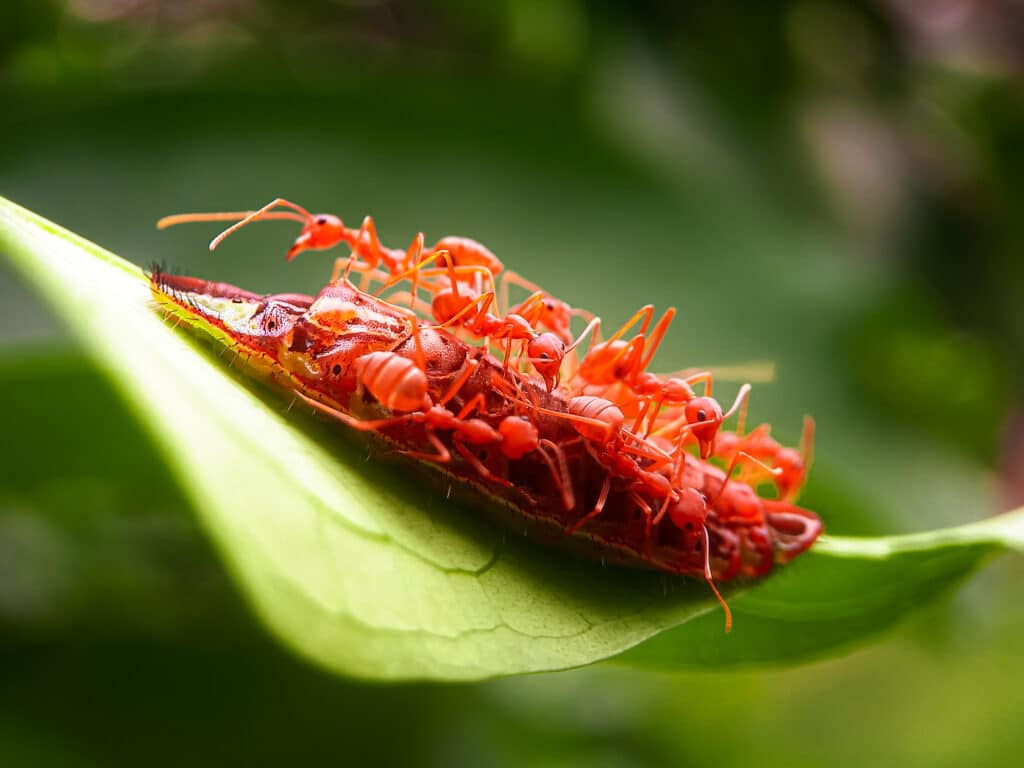
How to Identify Fire Ants: A Complete Guide
Fire ants are aggressive pests known for their painful stings and distinctive mounds across Tennessee properties. These invasive insects pose a significant risk to families enjoying outdoor activities, making proper identification crucial for homeowner safety.
Quick Facts About Fire Ants
- Size: 1/16 to 1/4 inches in length
- Color: Yellow-reddish body with darker abdomen
- Shape: Polymorphic (varying sizes within colony)
- Active Season: Year-round in Tennessee, most active in warm weather
- Lifespan: Worker ants live several months, queens can live several years
- Reproduction Rate: Queens can lay up to 1,500 eggs per day
What Do Fire Ants Look Like?
Fire ants are distinctive insects that come in different sizes within the same colony, a characteristic known as polymorphism. Their reddish-brown to reddish-yellow coloring and darker abdomen make them stand out from other ant species in Tennessee.
Key Identifying Features
- Distinctive mounds that can be flat or raised depending on soil conditions
- Two nodes between thorax and abdomen
- Aggressive behavior when mound is disturbed
- Stinger present at the tip of their abdomen
Related Species
Other ant species in Tennessee include carpenter ants and Argentine ants. Unlike these species, fire ants are unique in their ability to both bite and sting, and they build distinctive dome-shaped mounds without central openings.
Health & Property Risks
Health Concerns
Fire ant stings pose serious health risks to Tennessee families and pets.
- Painful stings that feel like burning
- Potential for severe allergic reactions
- Multiple stings from aggressive colony defense
- Particular risk to children, elderly, and pets
Property Damage
Fire ants can cause significant damage to your property:
- Damage to electrical equipment and HVAC systems
- Agricultural and garden crop destruction
- Lawn damage from extensive mound building
- Impact on local wildlife and beneficial insects
Where to Look for Fire Ants in Your Home
While fire ants primarily remain outdoors, they build their mounds in sunny, open areas around your property. Look for mounds near foundations, in lawns, gardens, and around electrical boxes or HVAC units. A single colony can contain thousands of ants and multiple queens, making them difficult to control without professional help.
When to Call Professional Help
Contact professional pest control when you spot multiple mounds on your property or if fire ants are found near high-traffic areas where your family spends time outdoors. DIY treatments often fail because they don’t address the entire colony system, which can extend far beyond visible mounds.

